During my earliest days in photography, the terms nifty-fifty and thrifty-fifty were tossed around to describe an affordable and fast 50mm lens. As someone who shot Nikon, that was the 50mm f/1.8D, but when you look at the new lens price compared to the Canon copy, the Canon was the less expensive lens. Some fellow photographers swore by this lens, especially in the Urban Exploration community, where low-light photography was the game’s name. I didn’t think too much as I was a Nikon shooter. But after getting one of the original copies from my wife’s Great-Uncle, I soon realised that the lens is a solid performer at an affordable price point.
Lens Specifications
Make: Canon
Model: EF 50mm 1:1.8
Focal Length: 50mm
Focal Range: ∞ – 0.45m
Aperture: f/1.8 – f/22, 5 Blades
Structure: 6 Elements in 5 Groups
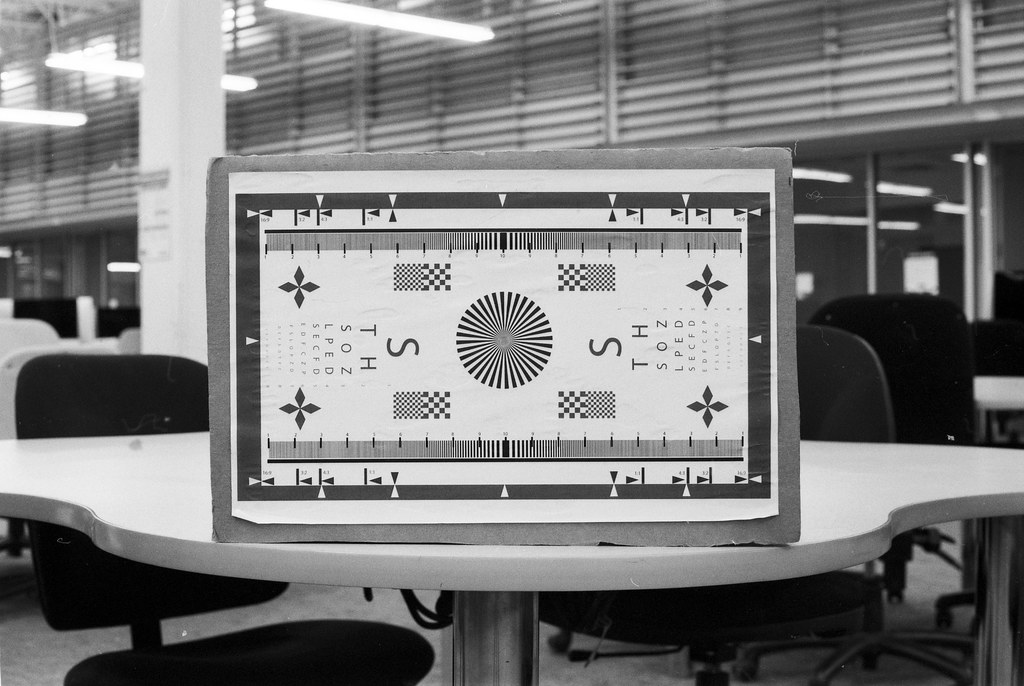 Canon has another winner here, even with a 5′ focal distance, there is no real sign of any distortion.
Canon has another winner here, even with a 5′ focal distance, there is no real sign of any distortion.
Canon EOS Elan IIe – Canon Lens EF 50mm 1:1.8 – Ilford Delta 100 @ ASA-100 – Adox FX-39 II (1+9) 7:00 @ 20C[/caption]
Build Quality
Like all other lenses of this era, the primary body material of the 50/1.8 is plastic; the lens itself is lightweight and doesn’t add too much additional weight to the camera. The internal components, including the lens mount, are constructed of metal. Overall the lens has a sturdy build quality, and with the front element deeply recessed into the barrel, there’s no real need for a lens hood. The filter ring is a standard 52mm, so you’re in luck if you have plenty of filters in that diameter. Despite being designed primarily for autofocus operation, the focusing ring is wider than expected and is in a comfortable position for operation. The focusing from end-to-end is quick, with about an 85-degree turn and a hard stop on either end. A focusing scale is there to help out with distances measured in feet and meters. There is a dedicated AF/MF switch located on the lens. When it comes to the AF motor, it is fast, no matter which camera you have it paired with, even the old EOS 650; the downside is that being a first-generation, the motor is a bit noisy. 6×5 optical construction aligns with other 50mm lenses with similar aperture ratings (Minolta and Nikon) and produces excellent-quality images. The ability to stop down to f/22 with five aperture blades offers a wide range of applications.
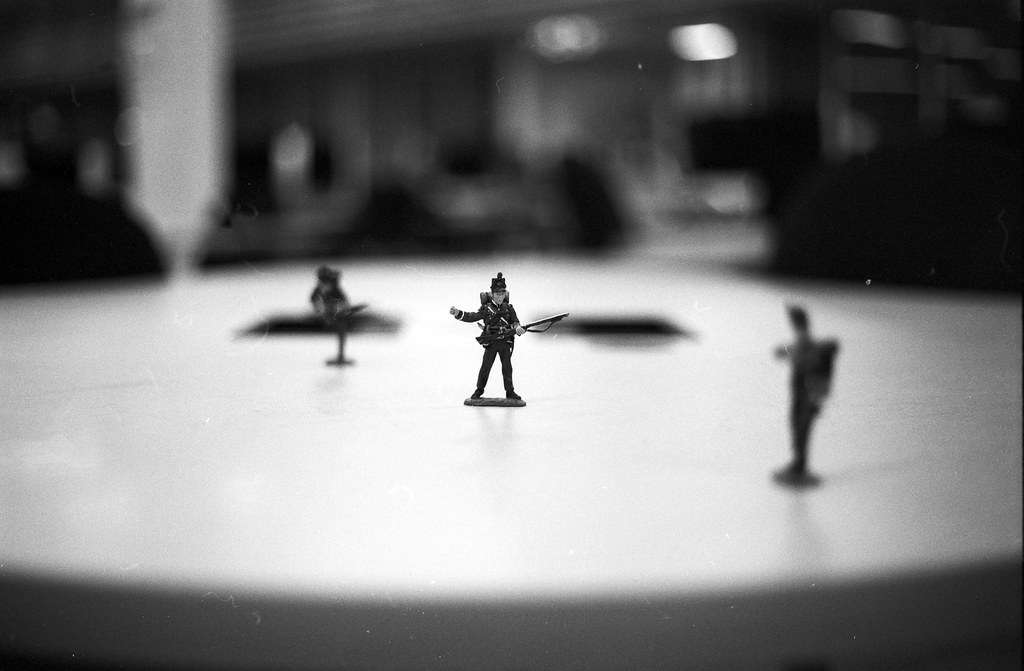
Canon EOS Elan IIe – Canon Lens EF 50mm 1:1.8 – Ilford Delta 100 @ ASA-100 – Adox FX-39 II (1+9) 7:00 @ 20C
Canon EOS Elan IIe – Canon Lens EF 50mm 1:1.8 – Ilford Delta 100 @ ASA-100 – Adox FX-39 II (1+9) 7:00 @ 20C
Canon EOS Elan IIe – Canon Lens EF 50mm 1:1.8 – Ilford Delta 100 @ ASA-100 – Adox FX-39 II (1+9) 7:00 @ 20C
Canon EOS Elan IIe – Canon Lens EF 50mm 1:1.8 – Ilford Delta 100 @ ASA-100 – Adox FX-39 II (1+9) 7:00 @ 20C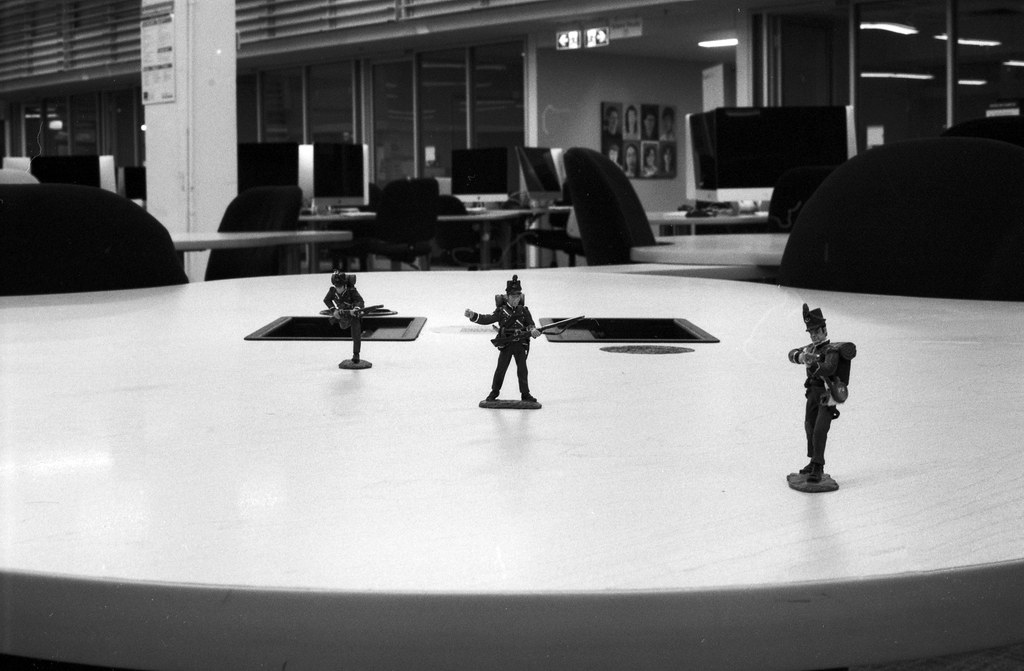
Canon EOS Elan IIe – Canon Lens EF 50mm 1:1.8 – Ilford Delta 100 @ ASA-100 – Adox FX-39 II (1+9) 7:00 @ 20C
Image Quality
Here is where this lens shines; the image quality is superb! I don’t say that often, but it’s hard to pick out any problems with the 50/1.8! The first thing I did notice with the lens is how sharp it is from f/1.8 to about f/16; the areas that are in focus are dead sharp, even at f/1.8. The edges are hard, and there’s a particular snap to the images, which I had only seen with the Olympus 50mm f/1.8 (and it has a different optical construction). I did notice that when it stopped down to f/22, things were a little too sharp, almost hyper-real. But when shooting wide open at f/1.8, things take on an almost dream-like quality. The out-of-focusing rendering is smooth, with the start of a swirl in the rendering. You could get that swirl to stand out even more with the proper experimentation. There is a bit of fall-off in the corners, but no vignetting and these are completely gone by the time you hit f/4. But even at f/4, you have a shallow enough depth of field to provide for excellent subject separation from the foreground and background elements while maintaining a smooth, out-of-focus rendering. Once you hit f/8, things start to widen enough to get a decent depth of field, and by f/16, almost everything is still in focus. While I haven’t used this lens with colour film, I’ve seen some slides that the former owner has shot with it, and the colour rendition is superb. The lens also has excellent contrast without unnecessarily kicking things up, and the sharpness is dead on the money.
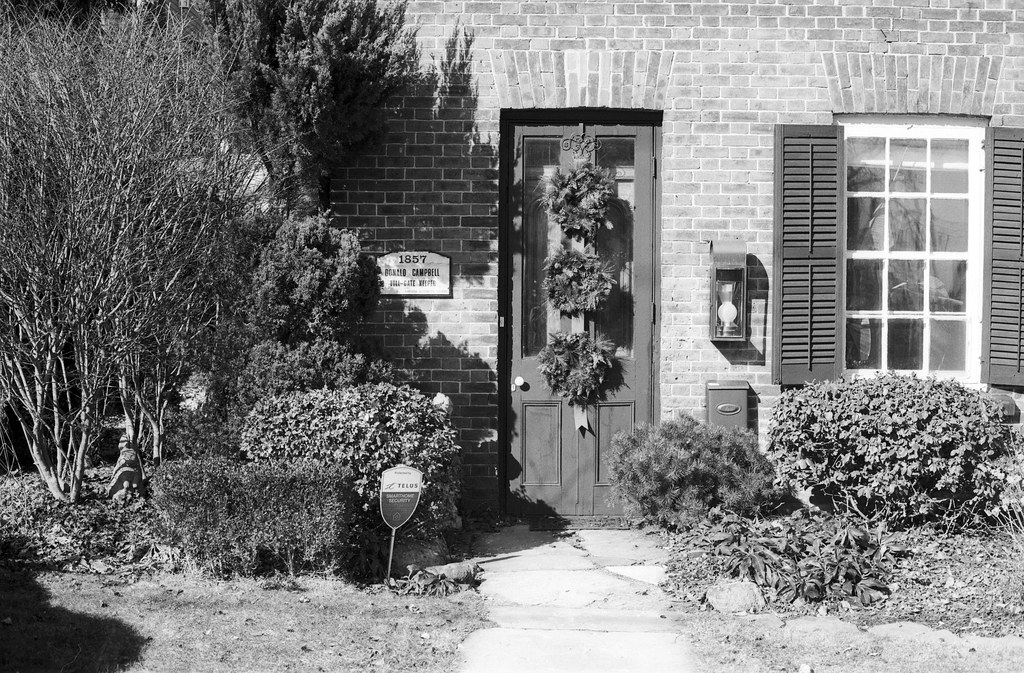
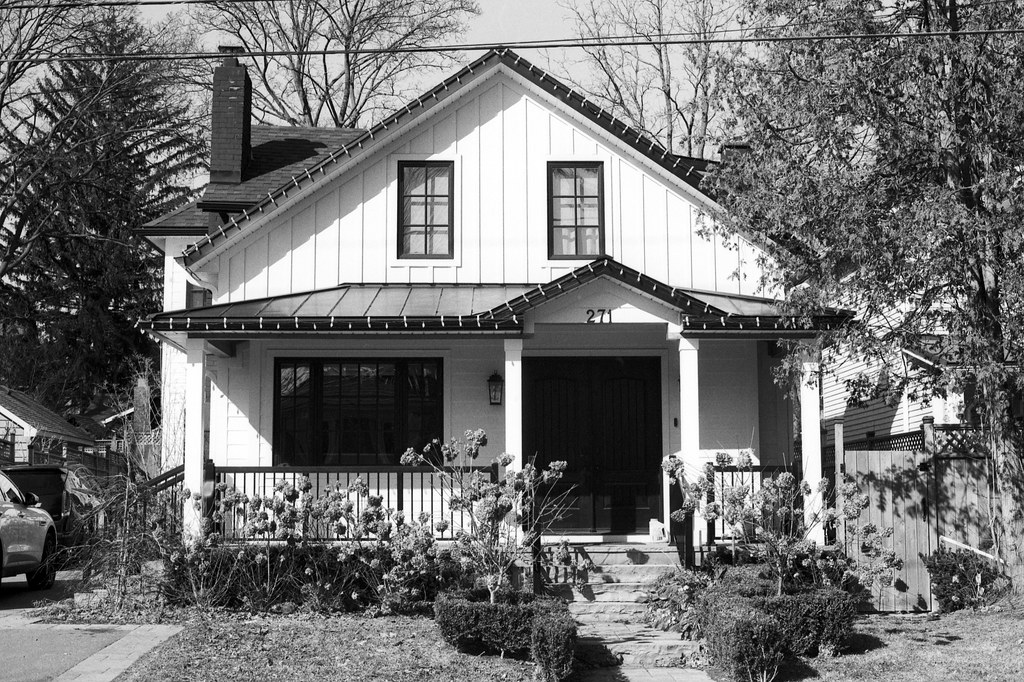
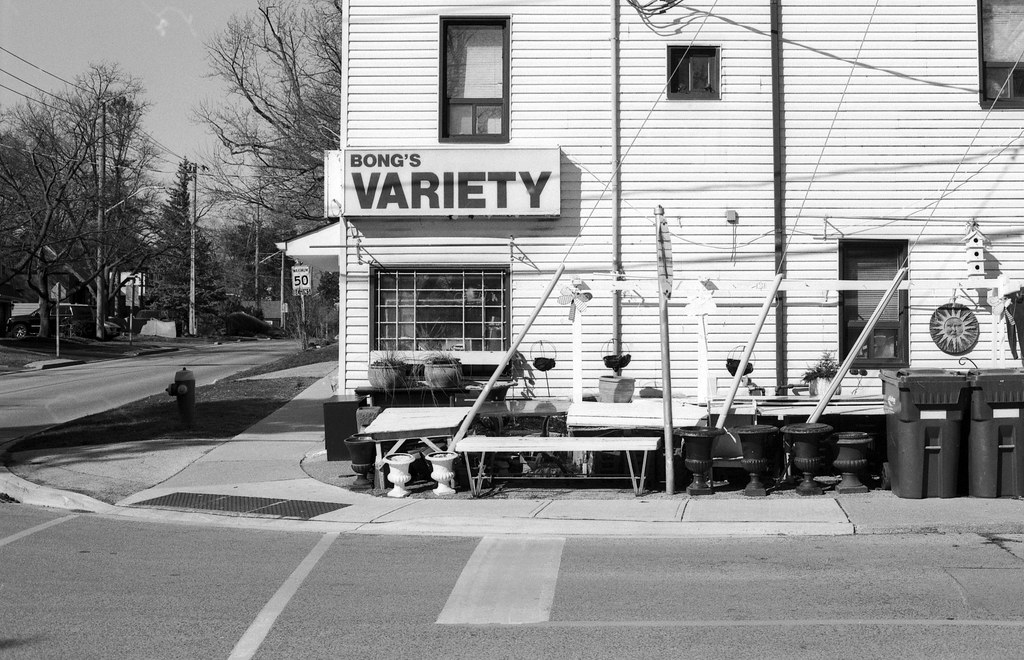
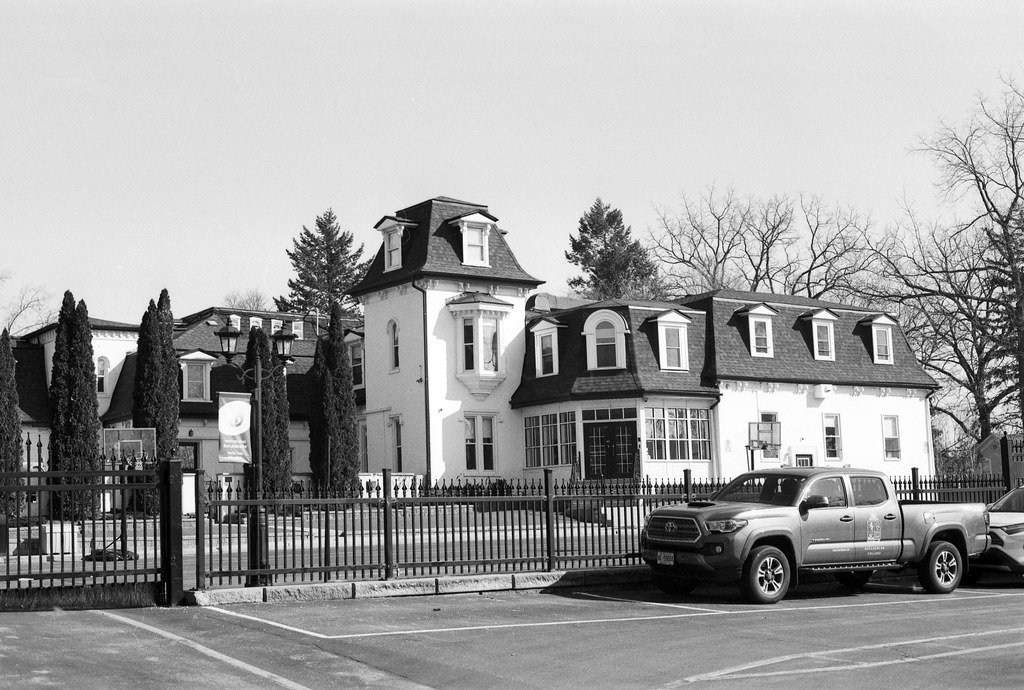

Applications
Like any 50mm lens, it’s a good focal length, especially with a fast prime lens, which is an excellent addition to any camera kit. And with the low cost of the f/1.8 copy makes it an attractive lens for even a beginner photographer. If you have enough space, the lack of distortion makes it a good choice for architecture and urban landscapes. It also makes a great portrait lens with a shallow depth of field and excellent out-of-focus rendering. It can also handle indoor work and low-light conditions. With the 0.45m close-up focusing distance, the lens also makes for a stand-in macro lens; despite not having the other abilities of dedicated macro lenses, it’s an affordable option in a pinch and does an excellent job at that. And being part of the EOS system, the lens has full compatibility across 35mm and digital bodies. If working with a crop sensor, the 50mm f/1.8 provides an excellent portrait-length lens without breaking the bank.
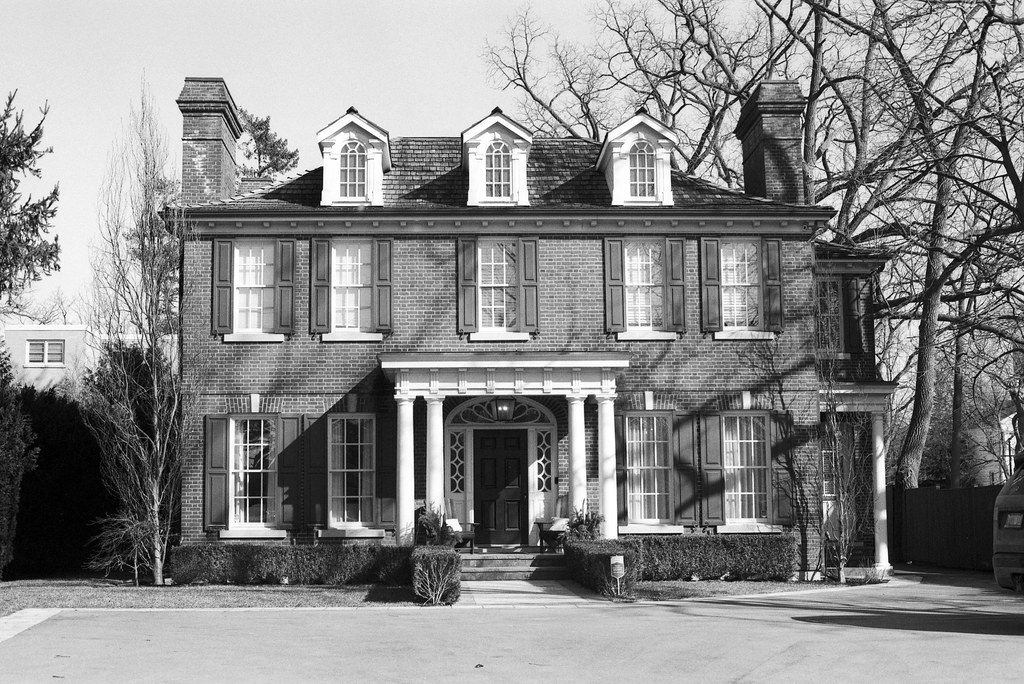
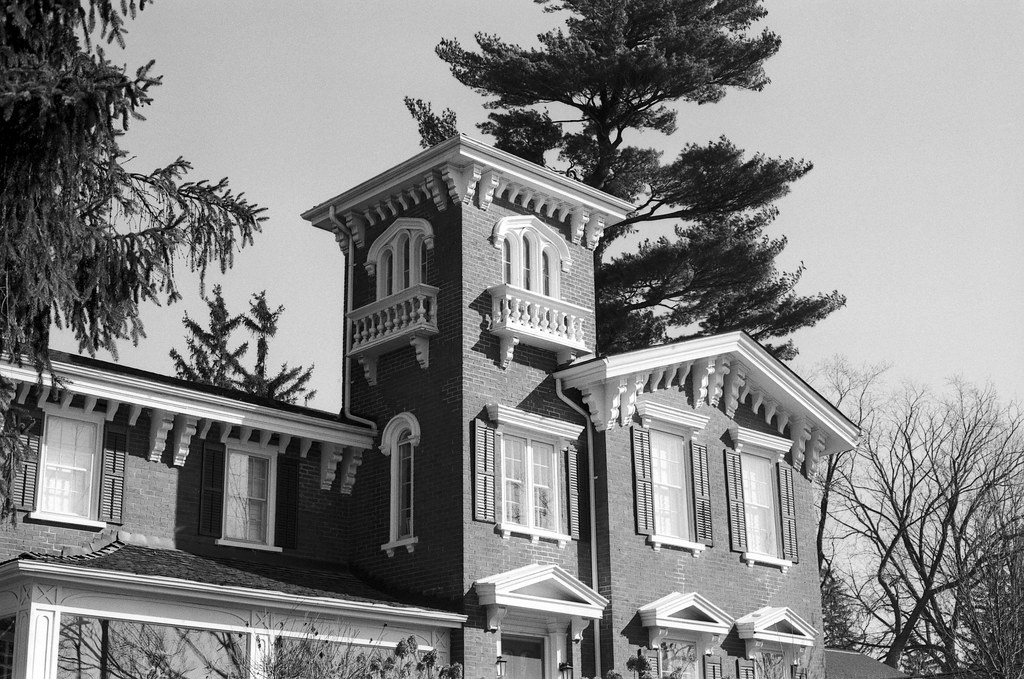
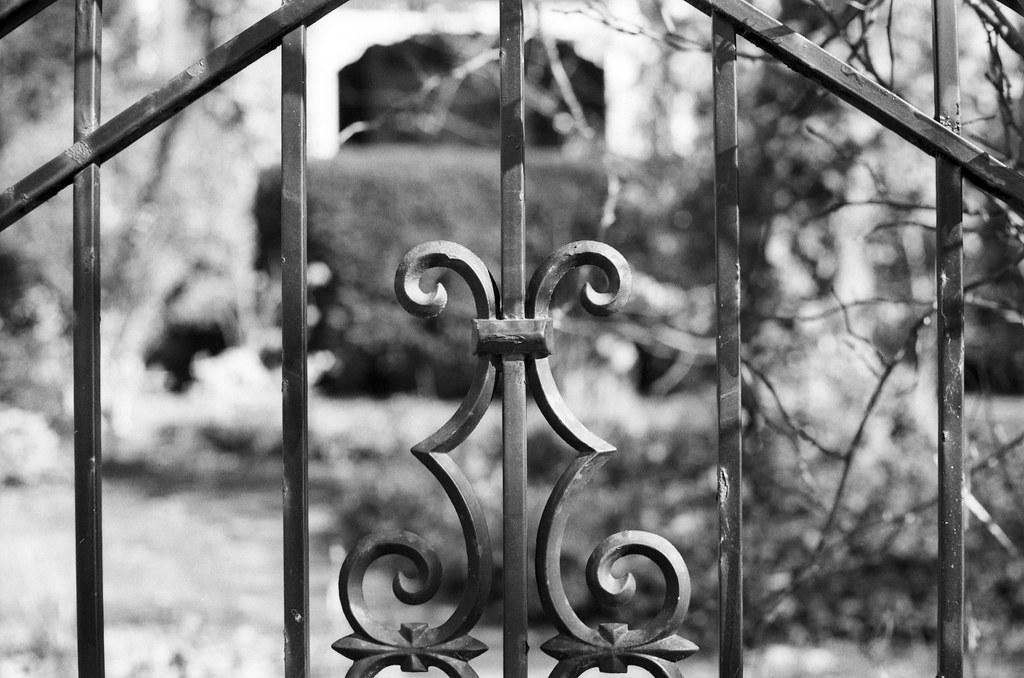
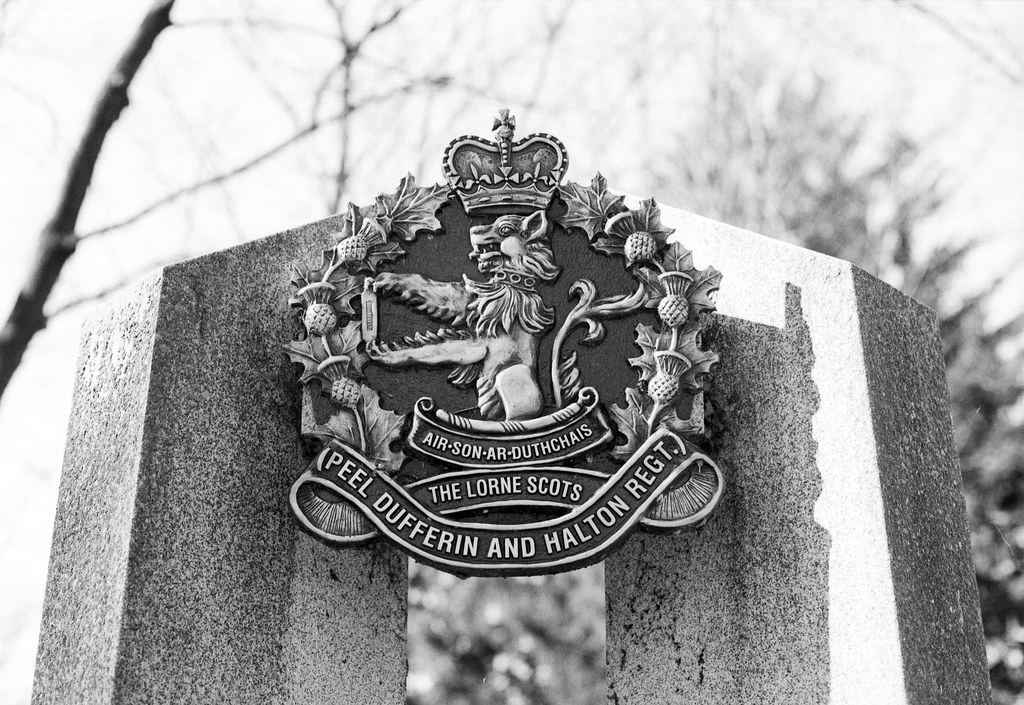

The Low Down
Since the release of the first-generation 50mm f/1.8, there have been two additional copies that have the same optical construction. The 50mm f/1.8 II and the 50mm f/1.8 STM. Both are excellent choices if you want to get something newer with a faster autofocus motor. The Second-Generation (II) uses the USM motor and is faster, and then the latest third-generation (STM) uses the same stepper motor that the 40mm f/2.8 has. The downside is that in both these cases, the lens construction has lost some quality going with more plastic and less metal. On the used market, the first-generation and second-generation copies of the lens go for about the same price, between 60-100$; there are some outliers, but sticking within that range will get you a quality lens. One thing to watch out for is the third-party Yongnu; it looks like a genuine Canon lens but lacks the first-generation’s metal mount. Overall, this is an excellent choice for any Canon photographer out there who is willing to sacrifice a bit of autofocus speed for better build quality.

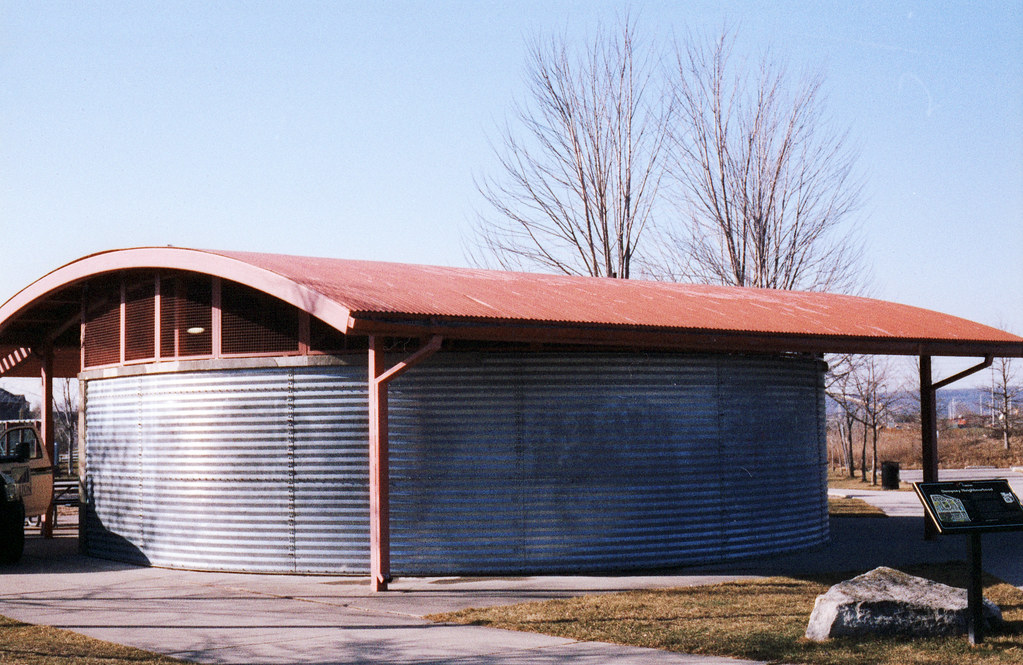

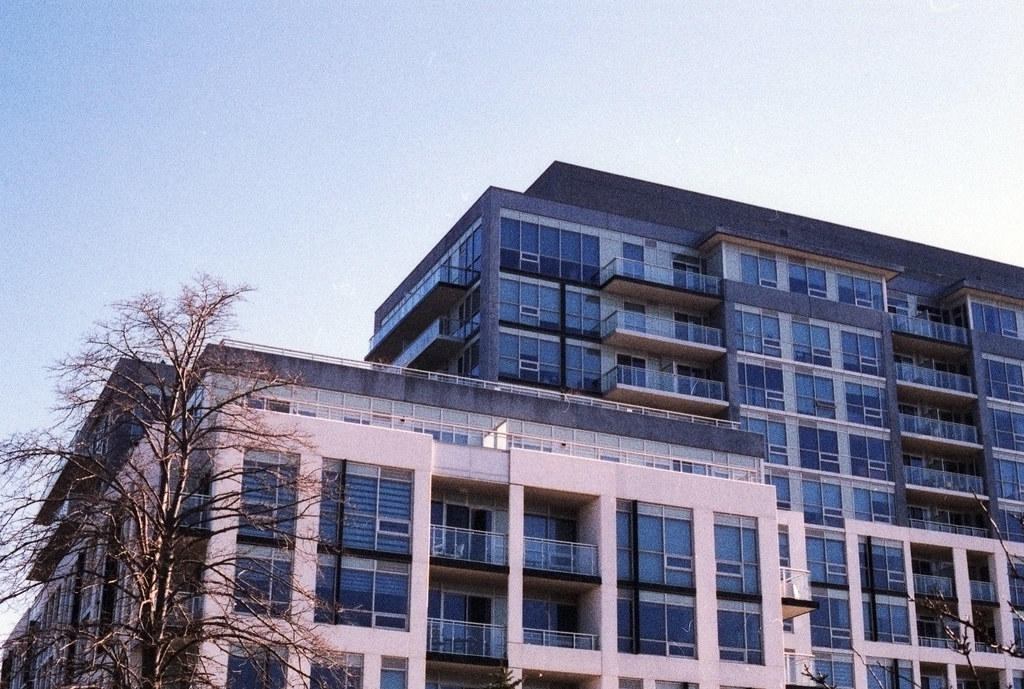

Further Reading
Don’t just take my view on the Canon 50/1.8; check out these other reviews.
Ken Rockwell – Canon EF 50mm f/1.8 Review
Light & Matter – The Canon EF 50mm f/1.8 Mark I Review

Particularly impressive when considering that the optical design of the 50/1.8 (except coating) has remained unchanged since the FL 50/1.8 I of 1964, through all FL, FD, nFD and EF versions. Multicoating (SSC) was added with the first EF version.
The design was finally changed with the RF 50/1.8, but with the current EF version it remains alive and well in it’s 60th year of production.
No lens design from one manufacturer comes close, nearly doubling the lifespan of the Leitz 50/3.5 Elmar.